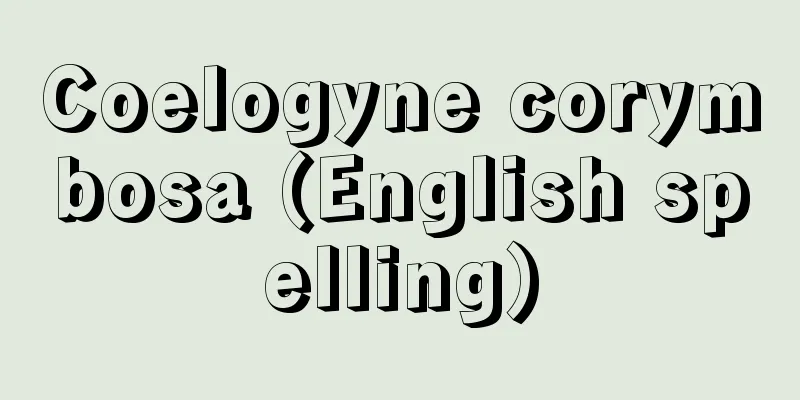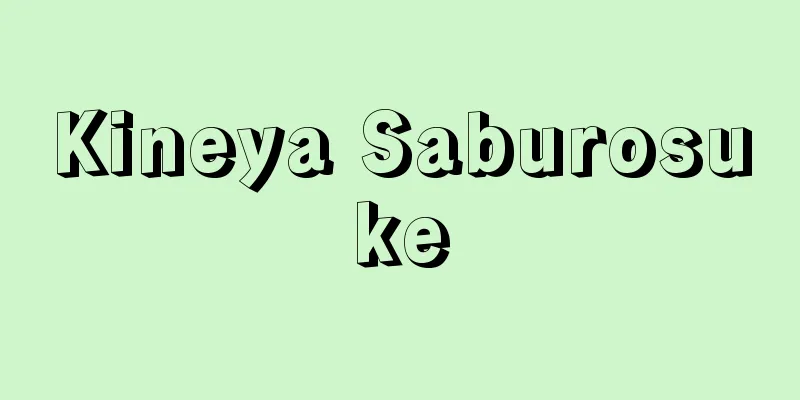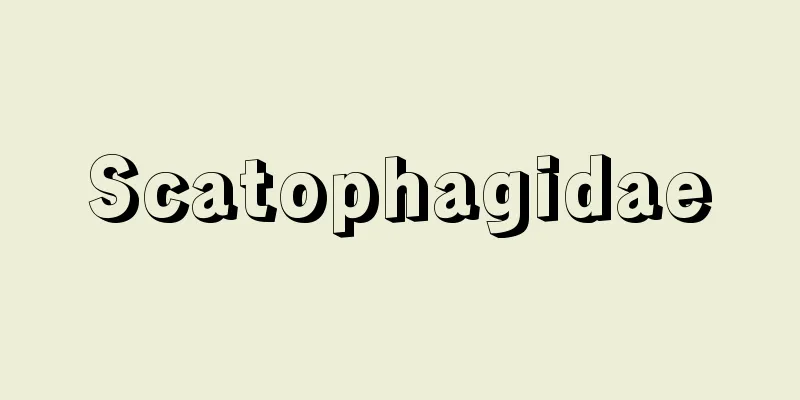Kanda Festival

This is the annual festival of Kanda Shrine, located in Sotokanda, Chiyoda Ward, Tokyo. In the Edo period, along with the Sanno Festival held at Hie Shrine in Nagatacho, it was a national festival in which a Shinko procession entered Edo Castle and was viewed by the Shogun. The main festival alternates with the Sanno Festival every other year in odd-numbered years (years of the Ox, Rabbit, Snake, Sheep, Rooster, and Pig), and a Shinko (→ Shinko Festival) is held in which a phoenix palanquin (Horen) parades from Kanda to Nihonbashi and Marunouchi. Originally, it was an autumn festival held on September 15th of the lunar calendar, but since 1892 it has been held on May 15th. Today, if May 15th falls on a weekday, only the annual ritual is held, and the Shinko is held on the Sunday before or after. In the late Edo period, the Shinko Procession featured 36 floats from each parishioner town, various elaborate performances called Tsukematsuri, and numerous performances by non-parishioners called Oyatoimatsuri, which were ordered by the shogunate. However, the Tsukematsuri disappeared in 1887, and the floats were lost due to the installation of electric cables and the Great Kanto Earthquake, and each town changed to presenting a portable shrine, except for the Kanda Matsueda Town Association's "Hagoromo" doll float. In 2007, a project to restore the Tsukematsuri was launched, and efforts are being made to revive it.Kanda FestivalSource: Encyclopaedia Britannica Concise Encyclopedia About Encyclopaedia Britannica Concise Encyclopedia Information |
東京都千代田区外神田に鎮座する神田神社の例祭。江戸時代には永田町の日枝神社で行なわれる山王祭とともに,神幸行列が江戸城内に入り将軍の上覧を受ける天下祭であった。山王祭と交互に隔年で西暦奇数年(丑,卯,巳,未,酉,亥の年)が大祭となり,鳳輦(ほうれん)が神田から日本橋,丸の内と巡行する神幸(→神幸祭)が行なわれる。本来は秋祭りで,旧暦 9月15日の祭りであったが,1892年以降 5月15日となり,今日では 5月15日が平日の場合は例祭の神事のみ行ない,神幸はその前後の日曜日に行なわれている。江戸時代後期には,神幸行列として,氏子各町が出す 36基の山車やそれに伴う附祭(つけまつり)と呼ばれるさまざまに趣向を凝らした出し物と,御雇祭(おやといまつり)と呼ばれる幕府の命を受けた氏子以外の町内による出し物が多数出ていたが,附祭は 1887年に姿を消し,山車も電線架設や関東大震災などの影響により失われ,神田松枝町会の「羽衣」人形の山車を除いて各町内とも神輿を出すように変わった。附祭は 2007年から神田祭附祭復元プロジェクトが発足し,復活が試みられている。
神田祭
|
Recommend
Potash (Soviet Union) - Kari
...The main city is Kingisepp on the south coast....
Loquat horn - kaikaku
…In traditional Chinese medicine, the buds are ca...
Extreme Magnitude - Extreme Magnitude
The faintest magnitude of a star that can be detec...
Indian Mathematics - Indian Mathematics
No direct evidence has been excavated of mathemati...
Iojima Lighthouse
(Nagasaki City, Nagasaki Prefecture) A regional he...
Champlevé enamel - Champlevé enamel
...When the finished product is finished with a m...
Sikorski - Władysław Sikorski
Polish soldier and politician. He was active in o...
Grandi, A.de (English spelling) GrandiAde
…The secular cantata, like the opera, originated ...
History of India - India
Extent of India and Characteristics of Indian His...
Waypoint
…Abbreviated as RNAV. Rather than sticking to the...
Great Awakening
A religious revival that spread through the Americ...
Hamgyong-do (English spelling)
The northeastern region of the Korean Peninsula. I...
Hiroji Otani (Hiroji Otani)
Kabuki actor. (1) First generation (1696-1747 | Ge...
Sridhara (English spelling)
...Pātā is a collection of completely mechanical ...
Herzog, C. (English spelling) HerzogC
The head of state is the President (5-year term),...









